A colonial warehouse in Kerala hosts the third Kochi-Muziris Biennale
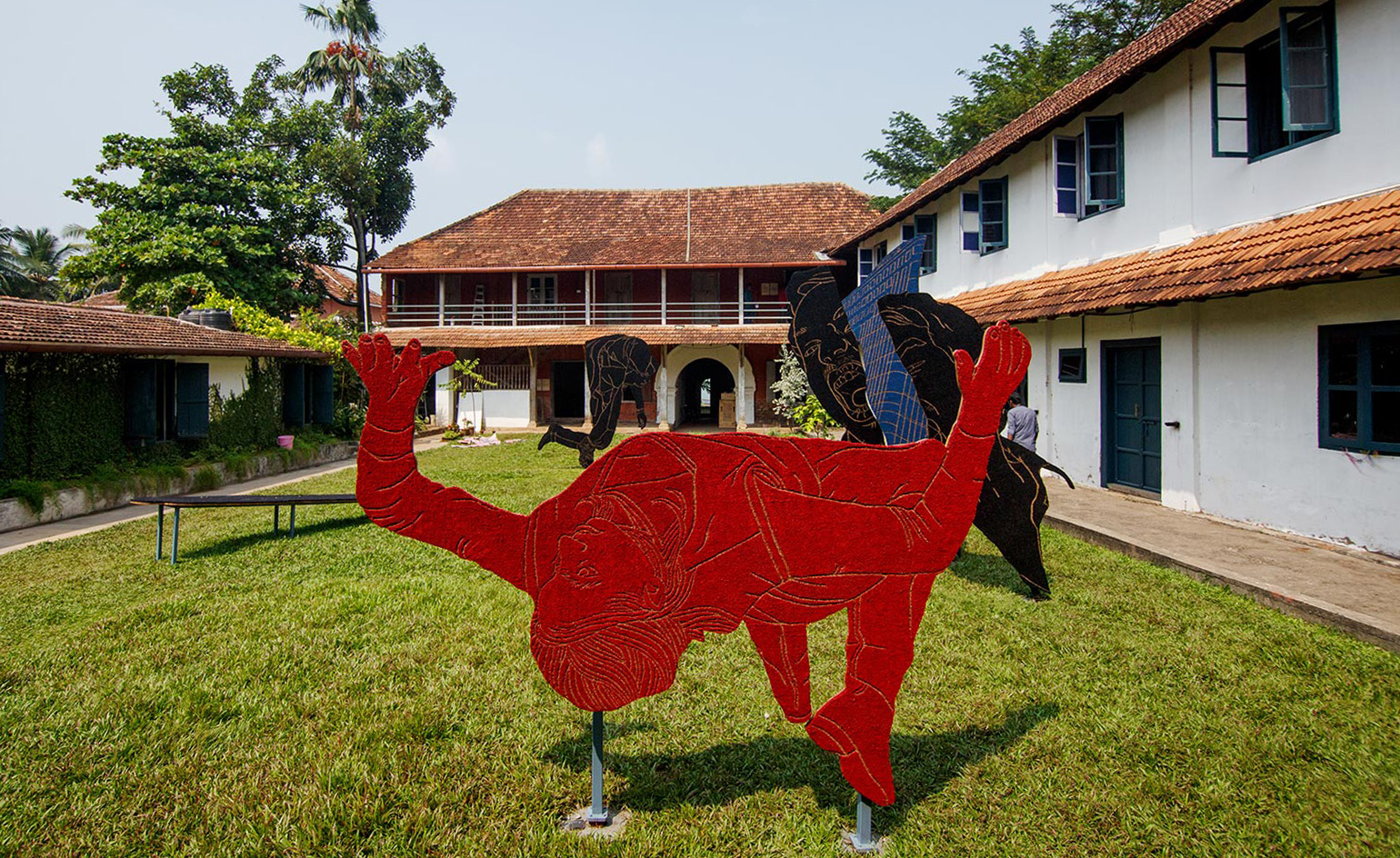
The beating of 150 drums marked the inauguration of the third edition of the Kochi-Muziris Biennale. From mid-December for 108 days, seafront warehouses, Dutch bungalows and colonial townhouses at Fort Kochi in Kerala host works by 97 international artists. Even the auto rickshaws join in, thanks to Latvian artist Voldemars Johanson, who has replaced their blaring horns with hooters that beep 150 notes of birdsong.
The biennale’s main venue is Aspinwall House, a crumbling colonial warehouse on the water. Highlights here include photographs of dead bodies that have been dressed in couture and heavily styled by Russian collective AES+F, and a pyramid made of cow dung and wood by Slovenian poet Aleš Šteger.
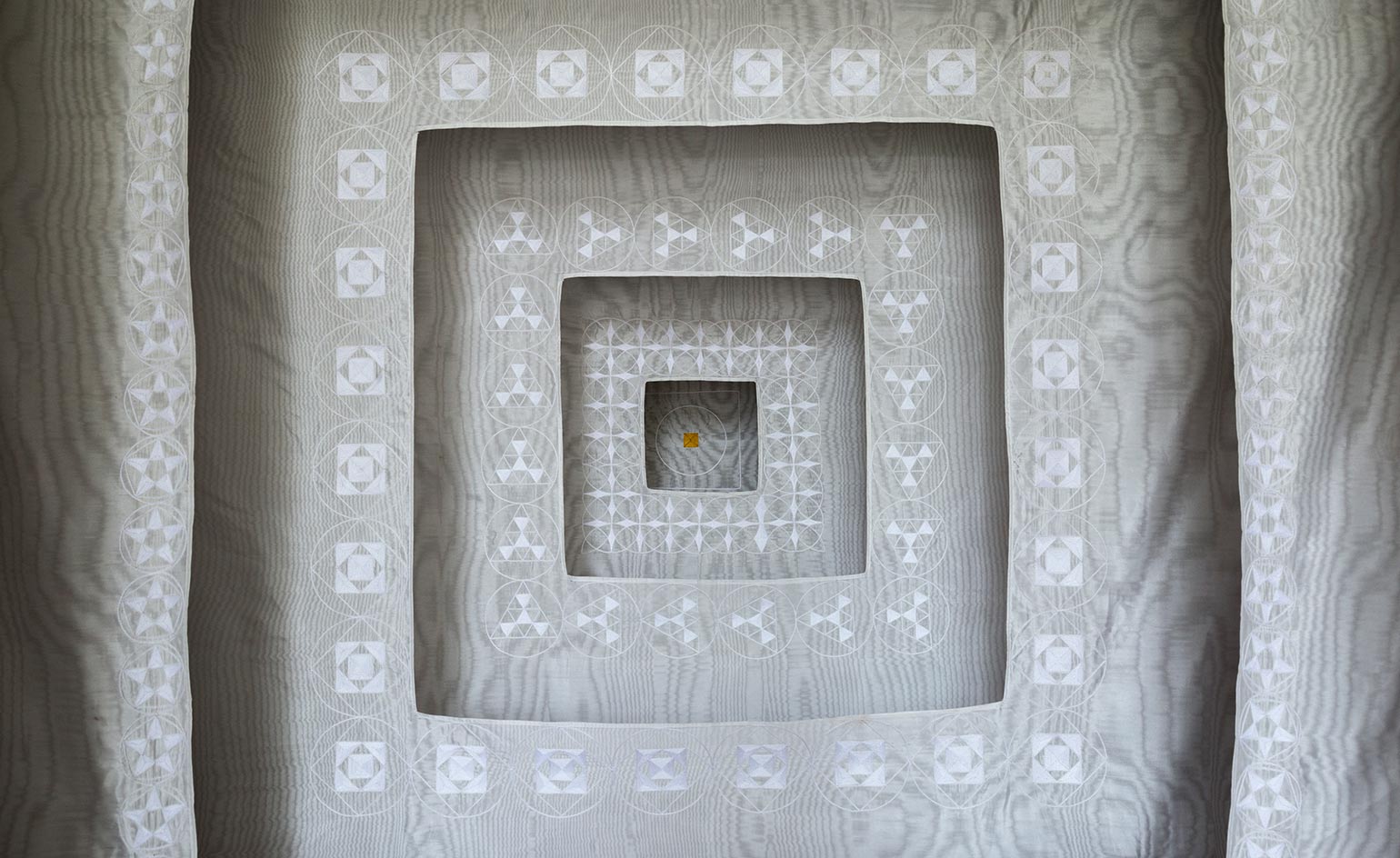
Contemporary Islamic artist Dana Awartani’s floating fabric installation
Šteger is not the only non-visual artist to take part in this year’s biennale. Curator Sudarshan Shetty, who is known for his giant installations, was eager to ‘draw in practitioners whose works are seemingly outside the expectation of contemporary art’. The first to be signed up was Chilean poet Raúl Zurita who has created a shallow sea pool in response to the Syrian refugee crisis. Visitors wade through its waters, taking in Zurita’s writings along the way. Elsewhere, Indian artist Dia Mehta Bhupal has made a life-size washroom intricately woven from old magazine pages. It’s unusual for a Bhupal installation to stand for so long; she typically photographs her sets straight after she has made them, and packs them away in crates.
There are around 20 collateral events all over Kochi, and not to be missed is 'Kissa Kursi Ka', a show of ‘thrones’ on display at Heritage Arts. Their creator, Delhi-based designer Gunjan Gupta, appropriates objects historically used as seats before the upright chair is thought to have come to India in the 15th century and turns them into limited-edition collectables. Gupta spearheads a new generation of contemporary Indian designers and among the ten works on show is her 'Bori' sofa, made from jute sacks stuffed with foam potatoes and new versions of her 'Bicycle' thrones, first created in 2008.
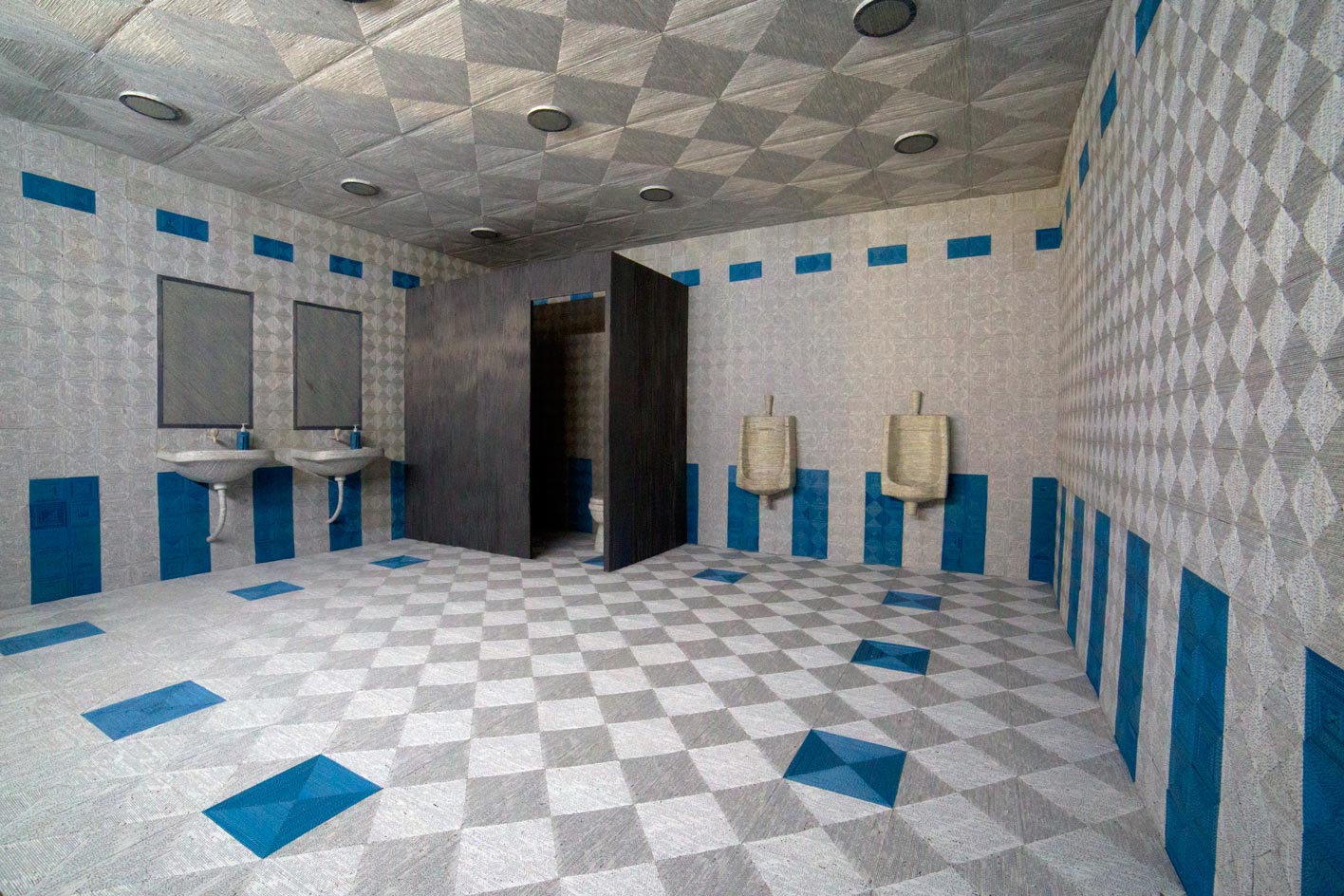
Dia Mehta Bhupal has made a life-size washroom intricately woven from old magazine pages
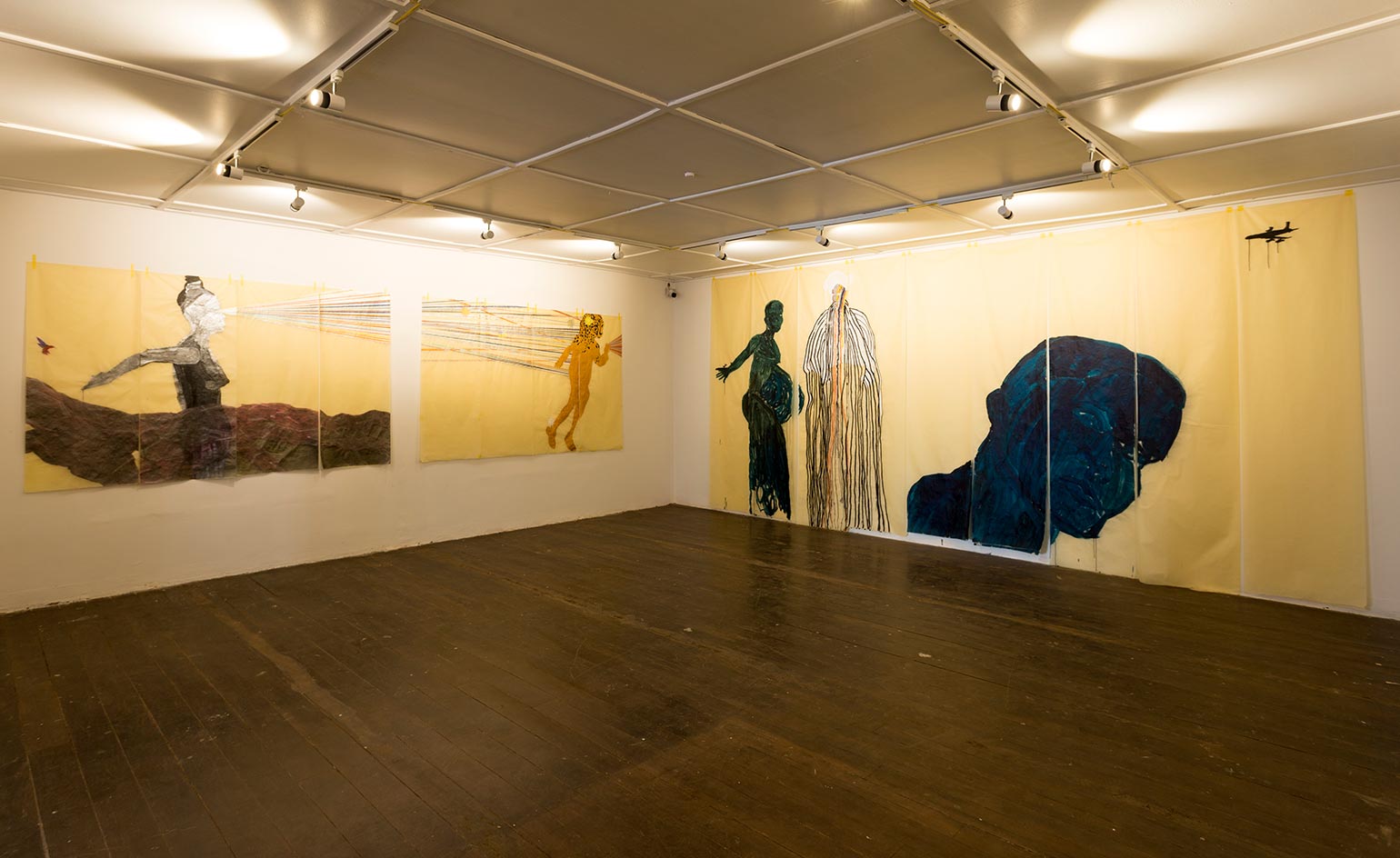
Wura-Natasha Ogunji's works on paper
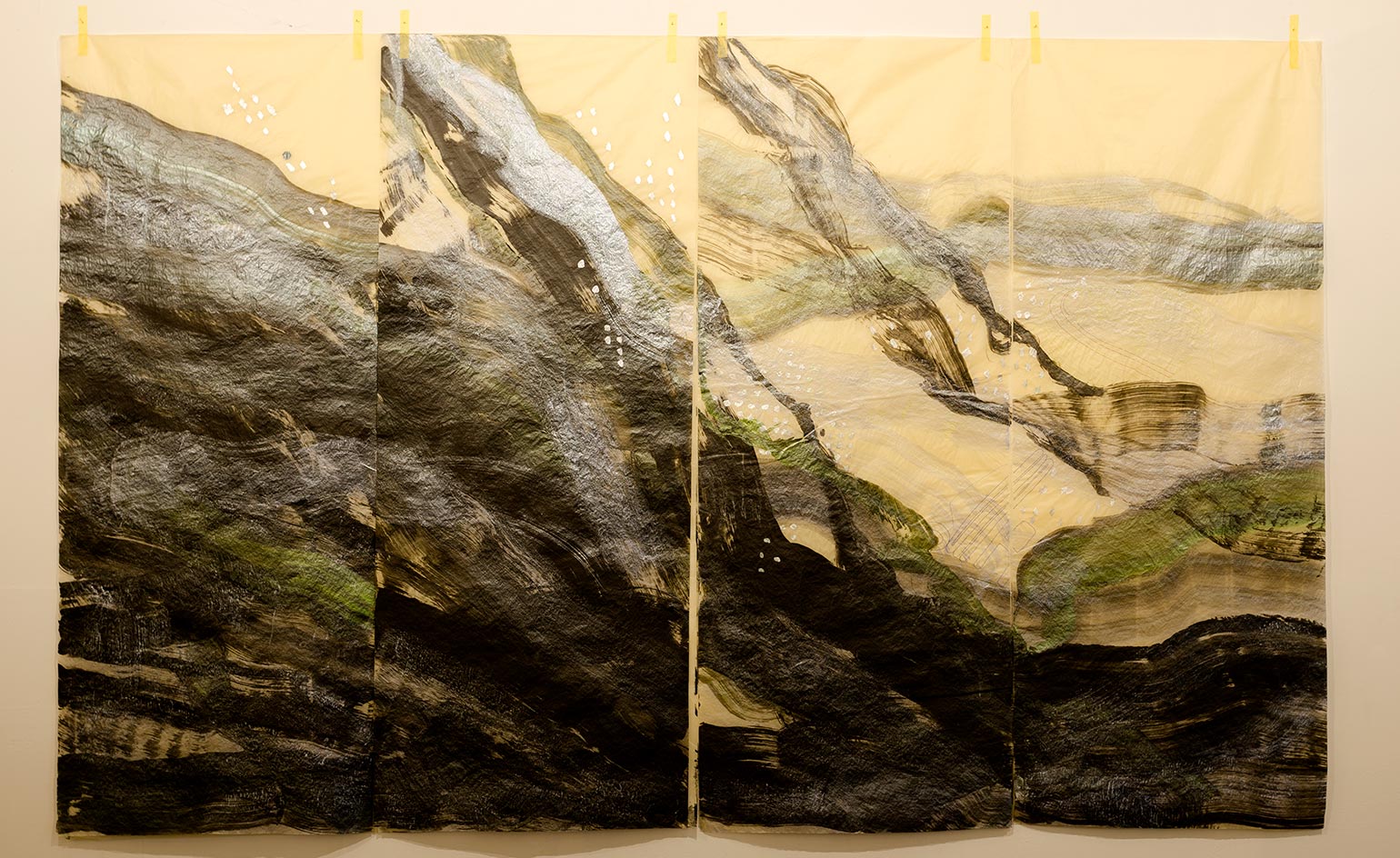
One of Ogunji's paper drawings
INFORMATION
For more information, visit the Kochi-Muziris Biennale website
Wallpaper* Newsletter
Receive our daily digest of inspiration, escapism and design stories from around the world direct to your inbox.
Emma O'Kelly is a freelance journalist and author based in London. Her books include Sauna: The Power of Deep Heat and she is currently working on a UK guide to wild saunas, due to be published in 2025.
-
 All-In is the Paris-based label making full-force fashion for main character dressing
All-In is the Paris-based label making full-force fashion for main character dressingPart of our monthly Uprising series, Wallpaper* meets Benjamin Barron and Bror August Vestbø of All-In, the LVMH Prize-nominated label which bases its collections on a riotous cast of characters – real and imagined
By Orla Brennan
-
 Maserati joins forces with Giorgetti for a turbo-charged relationship
Maserati joins forces with Giorgetti for a turbo-charged relationshipAnnouncing their marriage during Milan Design Week, the brands unveiled a collection, a car and a long term commitment
By Hugo Macdonald
-
 Through an innovative new training program, Poltrona Frau aims to safeguard Italian craft
Through an innovative new training program, Poltrona Frau aims to safeguard Italian craftThe heritage furniture manufacturer is training a new generation of leather artisans
By Cristina Kiran Piotti
-
 The art of the textile label: how British mill-made cloth sold itself to Indian buyers
The art of the textile label: how British mill-made cloth sold itself to Indian buyersAn exhibition of Indo-British textile labels at the Museum of Art & Photography (MAP) in Bengaluru is a journey through colonial desire and the design of mass persuasion
By Aastha D
-
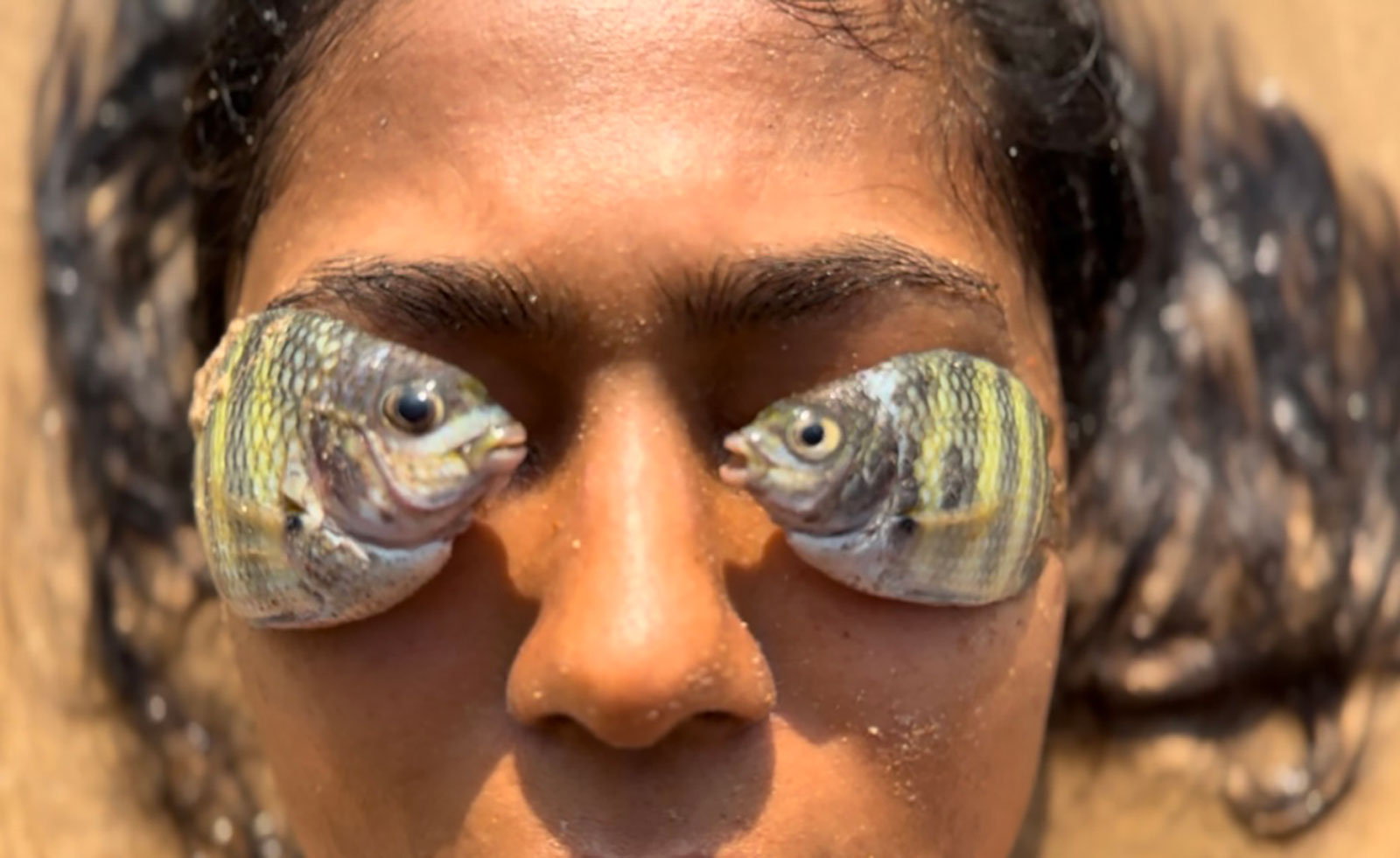 Inside India’s contemporary art scene
Inside India’s contemporary art sceneEmerging and established artists are bringing the spotlight to India, where Aastha D attended the recent India Art Fair
By Aastha D
-
 Kyle Bell's films are an expression of the indigenous experience in America
Kyle Bell's films are an expression of the indigenous experience in AmericaKyle Bell, who was mentored by Spike Lee as part of Rolex's Mentors and the Protégés programme, is a self-taught video maker from Tulsa, Oklahoma
By Rosa Bertoli
-
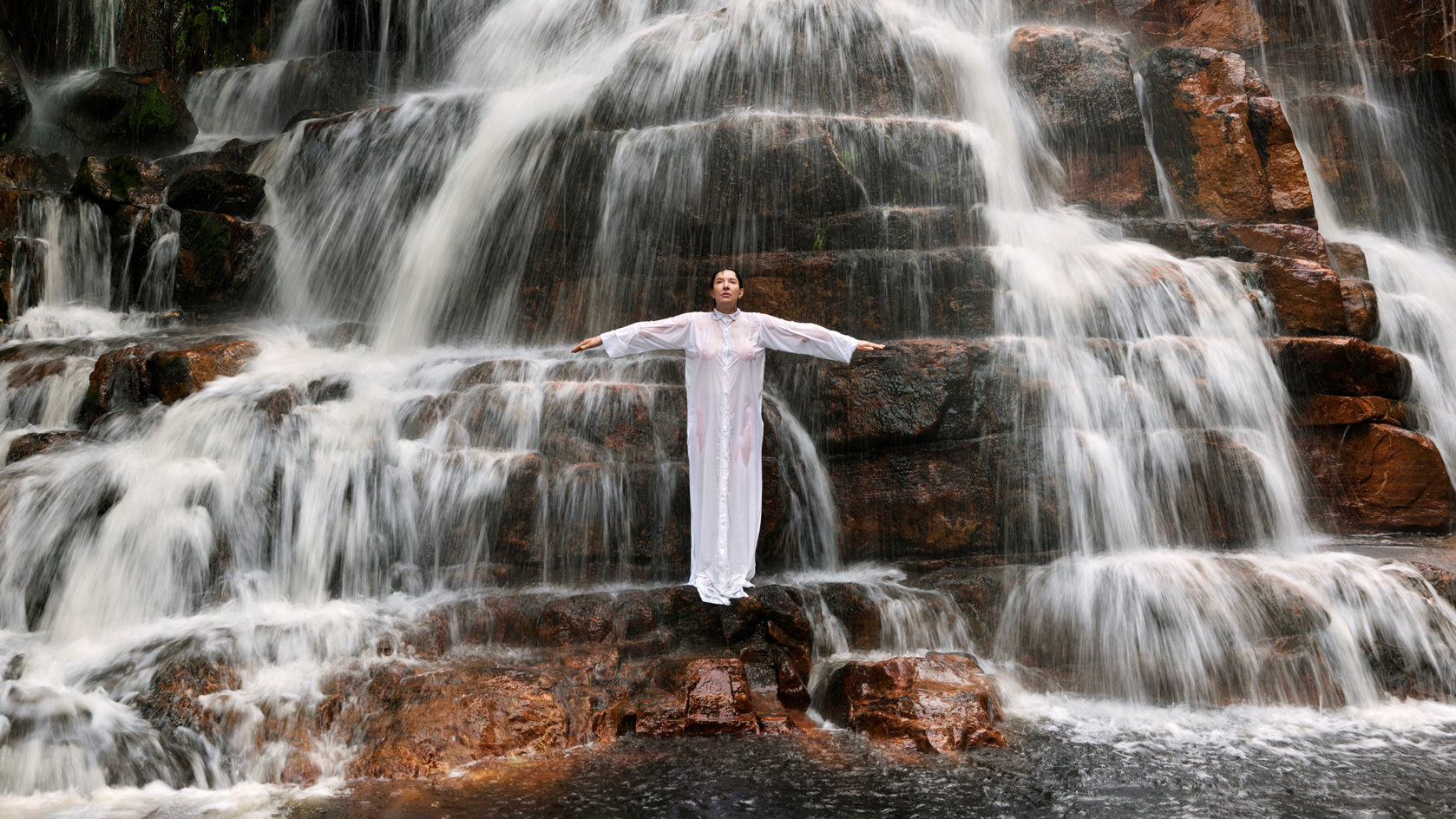 EXPO Chicago 2023 is an indoor-outdoor art extravaganza, from witches to unicorns
EXPO Chicago 2023 is an indoor-outdoor art extravaganza, from witches to unicornsAs the landmark 10th edition of EXPO Chicago kicks off, Jessica Klingelfuss explores the fair and this citywide art spectacle, from Derrick Adams’ unicorns to a witch-themed group show
By Jessica Klingelfuss
-
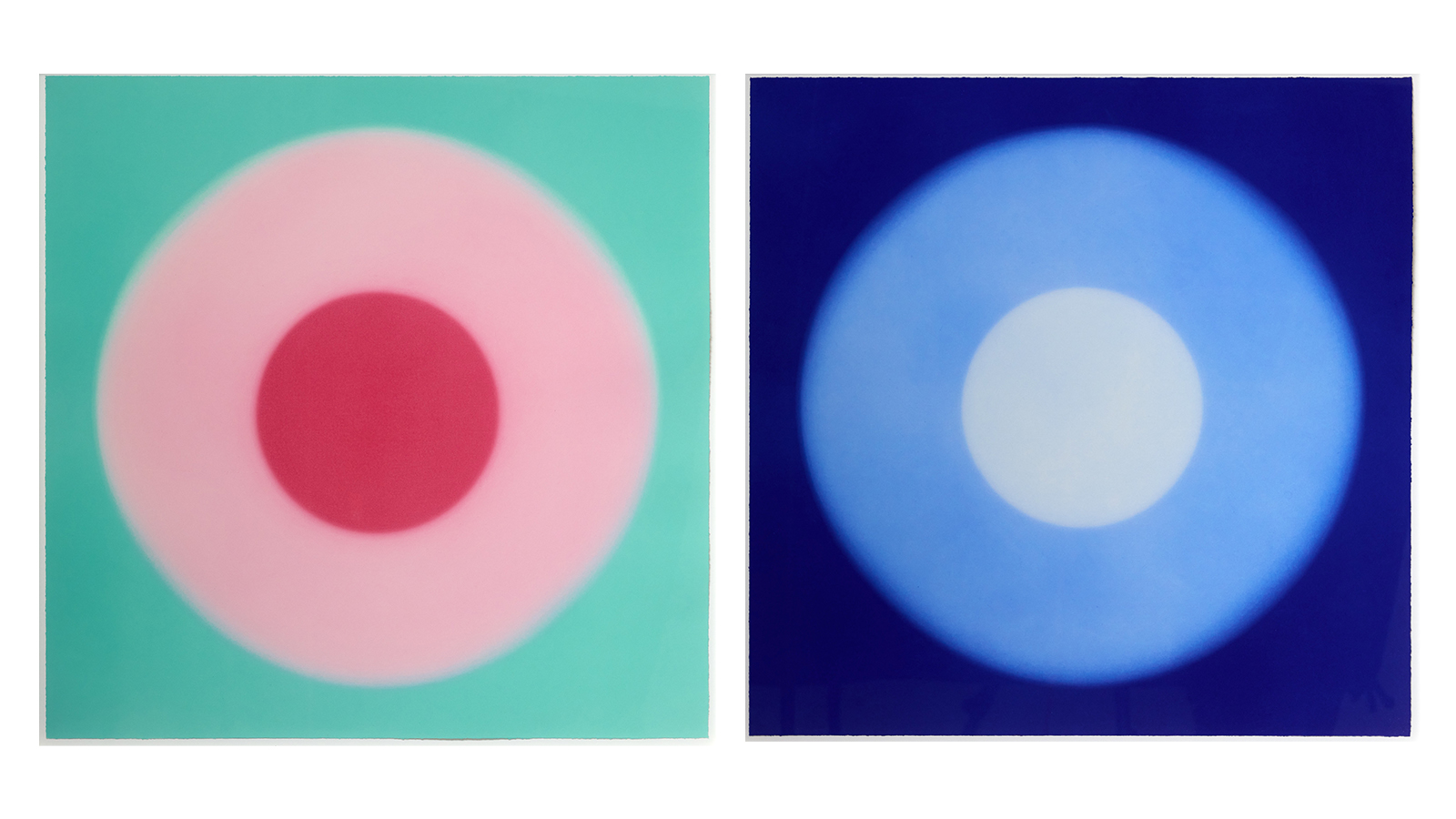 London Original Print Fair 2023: 10 prints on our radar, from Brian Eno to Tracey Emin
London Original Print Fair 2023: 10 prints on our radar, from Brian Eno to Tracey EminAs London Original Print Fair 2023 kicks off (until 2 April 2023), explore the 10 prints on our wish list this year, from Brian Eno to Tracey Emin; Mona Hatoum to Harland Miller
By Harriet Lloyd-Smith
-
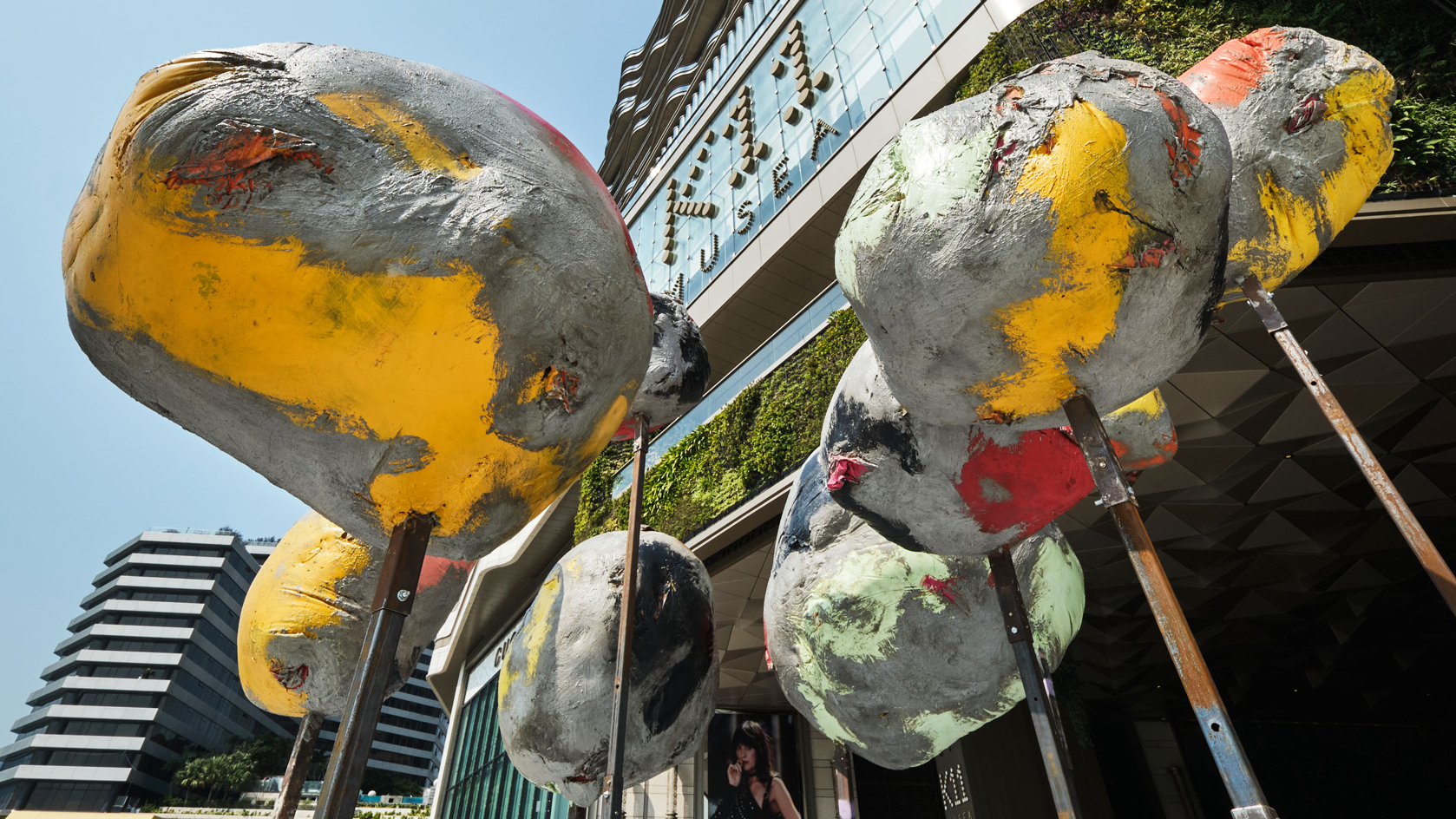 Art Basel Hong Kong 2023: can the city’s art scene bounce back?
Art Basel Hong Kong 2023: can the city’s art scene bounce back?Art Basel Hong Kong 2023 is about to kick off following years of restrictions. Catherine Shaw explores what we can expect in and around this year’s fair (23-25 March 2023), and whether Hong Kong can bounce back to reclaim the title of ‘Asia’s art hub’
By Catherine Shaw
-
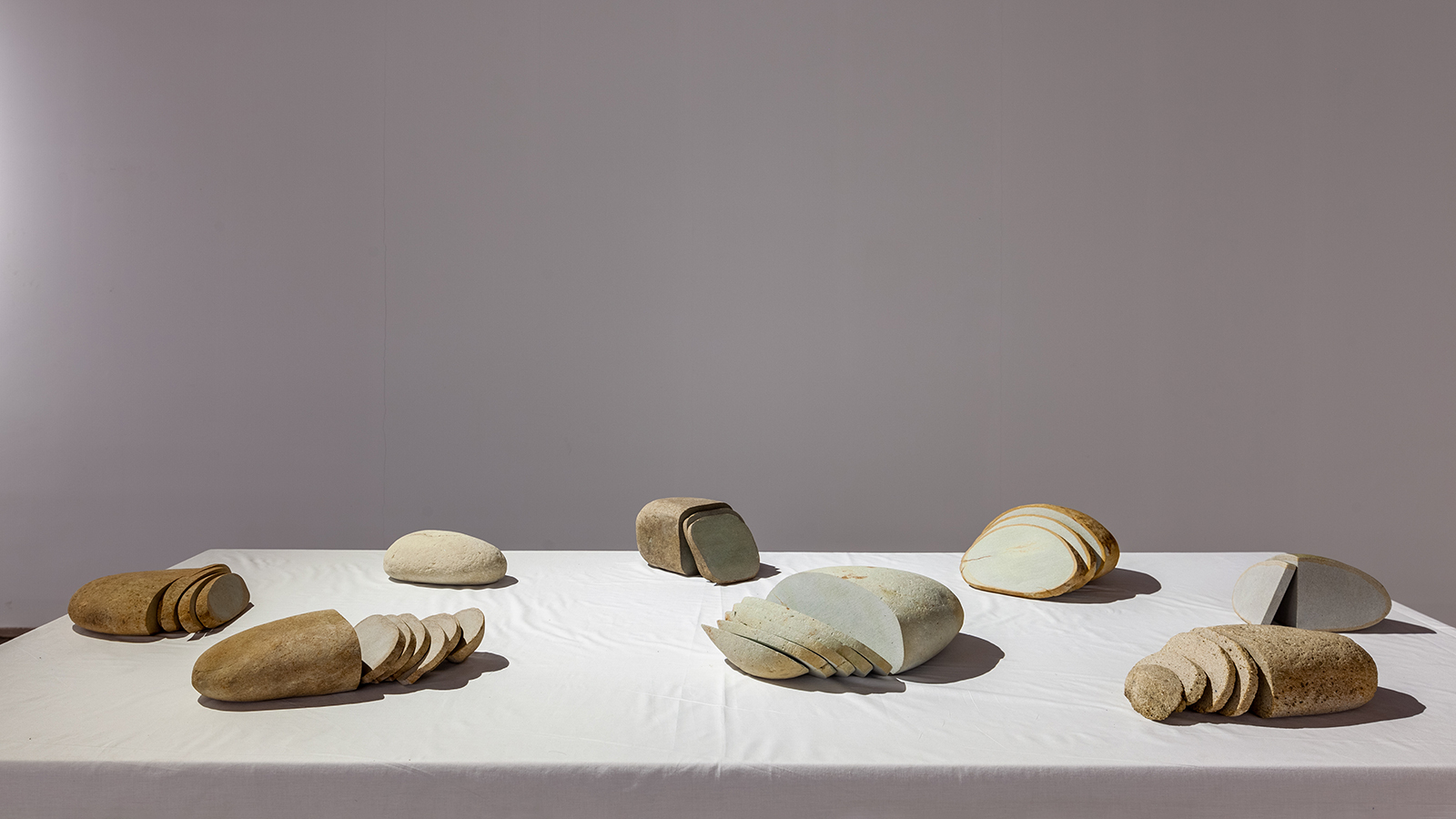 ‘In Our Veins Flow Ink and Fire’: a fervent return for India’s Kochi-Muziris Biennale
‘In Our Veins Flow Ink and Fire’: a fervent return for India’s Kochi-Muziris BiennaleIn its fifth edition, the postponed Kochi-Muziris Biennale surpasses the intersectional, collaborative essence of previous editions, writes Aastha D
By Aastha D
-
 The most surreal moments in Art Basel history, from taped bananas to wealth-ranking ATMs
The most surreal moments in Art Basel history, from taped bananas to wealth-ranking ATMsAs a wealth-ranking ATM stole hearts and headlines at Art Basel Miami 2022, we look back on the most controversial moments in the history of Art Basel
By Harriet Lloyd-Smith